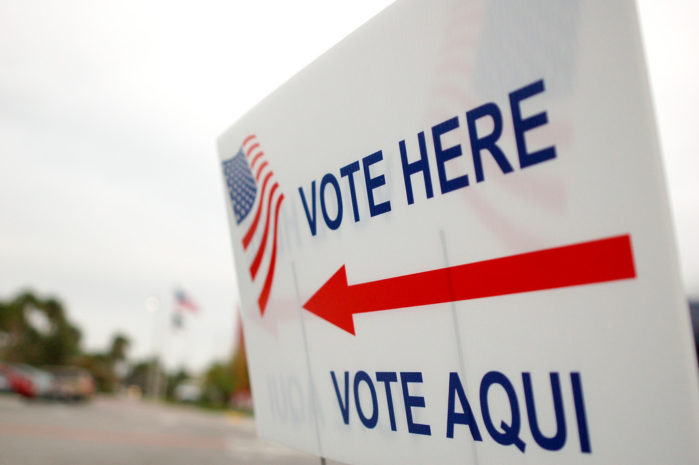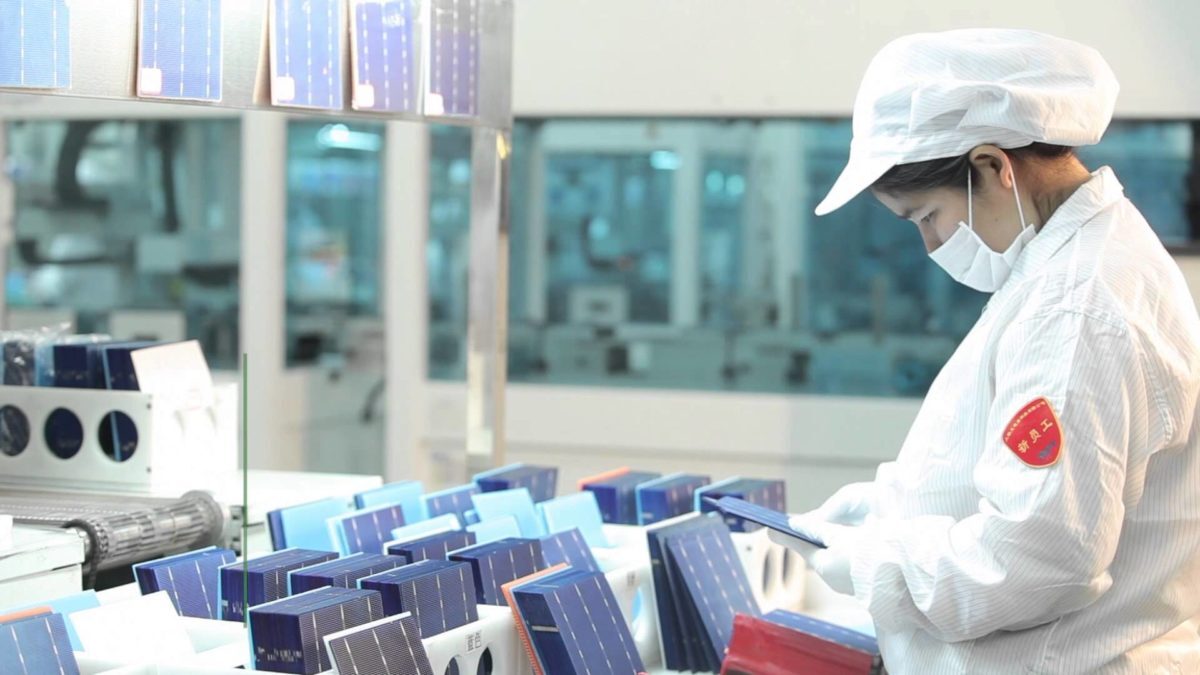From pv magazine USA
The U.S. midterm elections are being closely watched for a number of reasons, not the least of which is the potential impacts for energy and climate issues. Two states have ballot initiatives to increase renewable energy mandates, a third has a carbon tax, and many others have state-level races which could significantly affect clean energy policies.
On the evening of November 6 and the morning of November 7 pv magazine USA will bring you special breaking coverage of races in no less than 11 states that have a potential impact for clean energy, as well as elections to the U.S. congress.
In the meantime, here are the top states and races that we at pv magazine USA are watching as election season looms.
1) Arizona: Proposition 127
Few states have seen the kind of intense battles around renewable energy that Arizona has. From APS imposing the first discriminatory fees on solar customers in 2013 to the establishment of a heavily criticized value of solar methodology to the present fights over renewable energy mandates, the action in Arizona has been non-stop.
This has been accompanied by some of the dirtiest energy politics seen in the nation, with the possible exception of Louisiana. The members of the Arizona Corporation Commission have been repeatedly investigated (including by the FBI) for collusion with utility Arizona Public Service (APS), with campaigns for these seats awash in “dark money”, much of which is suspected to be from utilities.
So it should be no surprise that Proposition 127, the Tom Steyer-backed effort to require utilities to source 50% of their electricity from renewables by 2030, has seen constant conflict and scandal, with APS and other utilities pouring money into PR firms who have engaged in shady ads to discredit the initiative and even its petition gatherers.
Despite this Proposition 127 has made it to the ballot – if with a little discouraging language from the Attorney General’s Office – and it is now up to voters to decide the future of Arizona’s energy policy.
2) Nevada – Question 6, Question 3, gubernatorial race
Neighboring Nevada is also no stranger to conflict over renewable energy. And it is possible that Governor Brian Sandoval’s (R) regulators bit off more than they could chew when eviscerating net metering in 2015. Not only was that policy scrapped in favor of less severe changes, but since then not only have there been renewable energy efforts launched by legislators and citizens, but large companies have begun to break away from NV Energy.
All of this speaks to the three big questions on the ballot before voters in on Tuesday. The first, Question 6, is a referendum on a 50% by 2030 renewable energy mandate in the Silver State, similar to that in neighboring Arizona (and also backed by Tom Steyer).
Voters will also decide whether to break NV Energy’s monopoly on sales to end-customers through Question 3, which would open the state up to retail competition. And while NV Energy doesn’t like being forced to buy renewable energy, it really doesn’t like losing its monopoly.
Finally, with Brian Sandoval reaching term limits, voters in Nevada will elect a new governor. This is one of nine states where Advanced Energy Economy has scored gubernatorial candidates on their clean energy policies, showing a stark contrast between democratic candidate Steve Sisolak and republican Adam Laxalt.
3) Washington: Carbon Emissions Fee and Revenue Allocation
Various proposals to price carbon are a recurring policy concept in the United States, and the latest is in Washington State. On November 6 voters will decide whether or not a refined offering of a carbon tax, starting at $15 per ton of CO2, should move forward. Proceeds will be used for developing further infrastructure versus refunded to the citizens in a dividend.
The topic has seen tens of million being spent against it by various fossil fuel companies. Prior versions of the bill, offered up by a seeming cross section of the political world, were rejected by the voters as not enough – a possible rejection specifically of the of much-discussed “carbon dividend” approach.
4) U.S. House of Representatives
The balance of power in the U.S. House is in play this election season, with the potential for the Democratic Party to regain its first majority in eight years. This has the potential to reverse control of several key committees, including the House Energy and Commerce Committee and the very powerful Committee on Ways and Means.
What Democrats could accomplish with a Republican Senate and President Donald Trump in office is unclear. However, Advanced Energy Economy (AEE) has suggested that there are opportunities for bipartisan legislation.
“There is an opportunity for an infrastructure package,” AEE Head of Congressional Affairs Dylan Reed told pv magazine. He mentioned in particular the potential for transmission build-outs and support electric vehicle (EV) charging networks, as well as tax credits for EVs.
This content is protected by copyright and may not be reused. If you want to cooperate with us and would like to reuse some of our content, please contact: editors@pv-magazine.com.



By submitting this form you agree to pv magazine using your data for the purposes of publishing your comment.
Your personal data will only be disclosed or otherwise transmitted to third parties for the purposes of spam filtering or if this is necessary for technical maintenance of the website. Any other transfer to third parties will not take place unless this is justified on the basis of applicable data protection regulations or if pv magazine is legally obliged to do so.
You may revoke this consent at any time with effect for the future, in which case your personal data will be deleted immediately. Otherwise, your data will be deleted if pv magazine has processed your request or the purpose of data storage is fulfilled.
Further information on data privacy can be found in our Data Protection Policy.